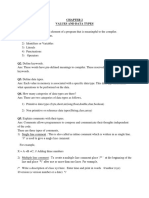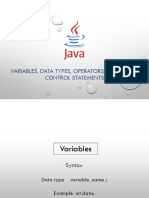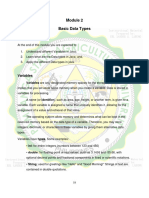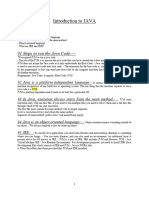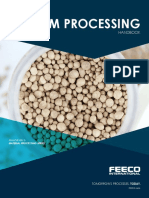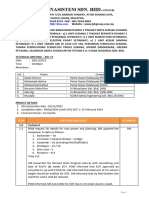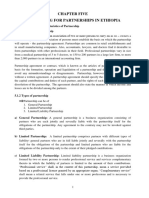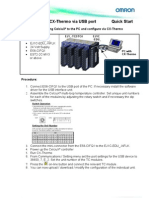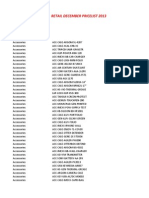0% found this document useful (0 votes)
6 views5 pagesJava Short Answers Exact Format
The document provides a series of short answers related to Java programming concepts, including definitions of data types, variables, constants, and tokens. It explains the rules for variable assignment, type casting, and the distinction between various data types and literals. Additionally, it covers static vs dynamic declarations and type conversion methods, along with examples for clarity.
Uploaded by
anushkasawant9921Copyright
© © All Rights Reserved
We take content rights seriously. If you suspect this is your content, claim it here.
Available Formats
Download as DOCX, PDF, TXT or read online on Scribd
0% found this document useful (0 votes)
6 views5 pagesJava Short Answers Exact Format
The document provides a series of short answers related to Java programming concepts, including definitions of data types, variables, constants, and tokens. It explains the rules for variable assignment, type casting, and the distinction between various data types and literals. Additionally, it covers static vs dynamic declarations and type conversion methods, along with examples for clarity.
Uploaded by
anushkasawant9921Copyright
© © All Rights Reserved
We take content rights seriously. If you suspect this is your content, claim it here.
Available Formats
Download as DOCX, PDF, TXT or read online on Scribd
/ 5








